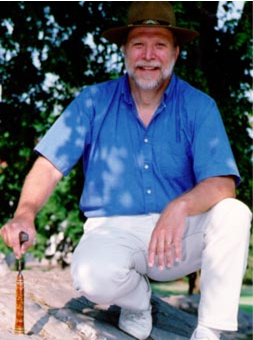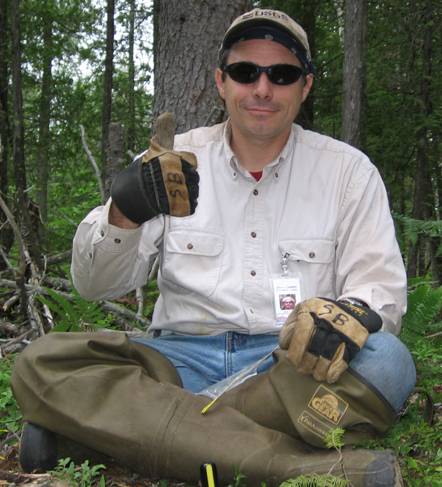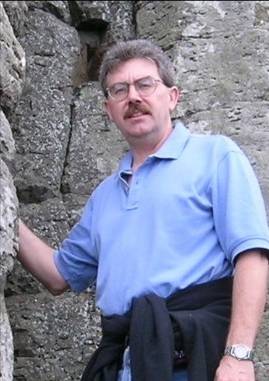James Madison University - Department of Geology & Environmental Science
Teaching Chaos and Complex Evolutionary Systems Theories at the Introductory Level
(Back to Genetic Algorithms) (To Self-Organized Criticality Model)
Model: Boids
Self-Organizing EvolutionStrategies and Rubrics for Teaching Chaos and Complex Systems Theories as Elaborating, Self-Organizing, and Fractionating Evolutionary Systems,
Fichter, Lynn S., Pyle, E.J., and Whitmeyer, S.J., 2010, Journal of Geoscience Education (in press)Description: Self-organization—creating order out of disorder without intelligent design, or selection—is not intuitively obvious. At the introductory level the foremost issue is coming to accept that self-organization occurs, and that it is reasonable, in spite of the second law of thermodynamics and entropy. We use four self-organizing systems in varying combination, sophistication, and depth of analysis to explore self-organization, depending on the goals of the class. Although superficially they may seem to not have a lot in common they all boil down to the acting out of local rules by each agent which leads to global behavior (“local rules–global behavior.”) The four systems are boids, self-organized criticality, cellular automata, and the Bak-Sneppen ecosystem.
Boids (“bird-like object”) were developed by Craig Reynolds (2001) in the mid 1980s to demonstrate that the flocking behavior of birds could be explained by the action of simple rules being followed by each boid The rules were 1) steer toward the center of the flock, 2) do not get too close to flock mates, 3) steer toward the average heading of the flock mates. Beginning with an initial random positioning and movement of the boids, and each boid following the local rules for its behavior, the outcome is flocking behavior—the boids will end up tracking together. A flock will even split and fly around an object placed in its path and rejoin on the opposite side.
Presentation: We use MatFa’s boids program, but there are many out there for download (e.g. Reynolds, 2001, and see Resource Section). MatFa’s program has two nice features (in addition to everything else it does), a “turmoil button” which randomly scatters the boids with a click, and an obstacle creator the boids will then fly around. This demonstration can be done in a couple of minutes, but it is effective at demonstrating self-organizing flocking behavior from local rules, and without the use of higher intelligence functions. We emphasize the local rules–global behavior concept, but do not belabour the rules in introductory courses; this is to be experienced, not so much analysed. On the other hand, we extend the demonstration into a discussion of traffic behavior, and walking down a crowded sidewalk without bumping into people. This is so intuitive that students immediate grasp it. This is also the principle behind Adam Smith’s “invisible hand”, sometimes restated as private virtue (each individual doing what is best for themselves) leads to public virtue (wealth in the society increases).
Anticipated Learning Outcome:
- 16. Local Rules lead to Global Behavior, self organization arises spontaneously without design, or purpose, or teleological mechanisms.
MatFa's Boids

(Back to Genetic Algorithms) (To Self-Organized Criticality Model)
 Lynn S. Fichter
Lynn S. Fichter
 Steve Baedke
Steve Baedke
 Eric Pyle
Eric Pyle
 Steve Whitmeyer
Steve Whitmeyer